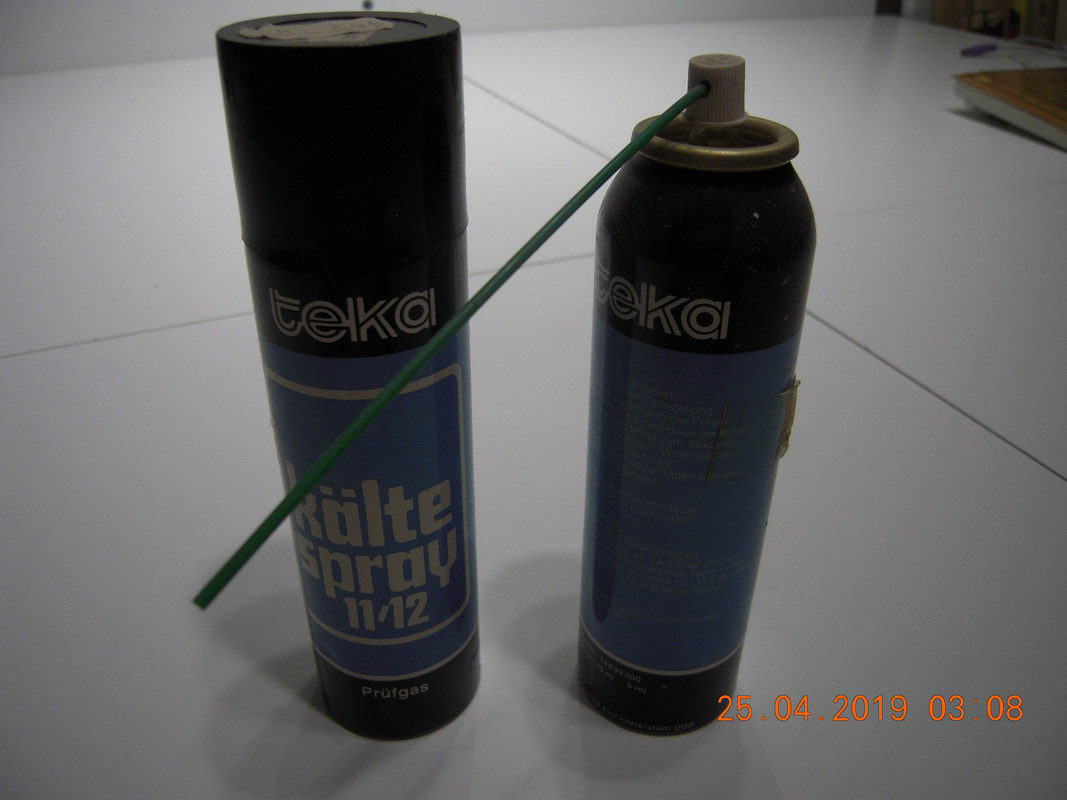Reply 100 of 139, by HanJammer
- Rank
- Oldbie
wrote:F and S are very close in terms of speed but I think F uses less power. In most cases F will work fine as S replacement.
If replacing U58 doesn't cure the mobo, try with the resistors again and check the voltages - I'm curious if the bit 4 will still show different readings. In fact if you get odd voltages still, remove U58 from socket and measure again. There's a '373 connected there that could have a faulty input.
I did a quick test and motherboard won't boot - same behaviour, although it did a nice clear long beep one time instead of this screeching noise.
So what exactly should I check again? With or without resistors in 8288?
With pin4 and pin7 8288 resistors and nothing else U58 voltages are like this (same with F245 and old S245):
#1 0,11
#2 4,74
#3 4,74
#4 4,74
#5 4,74
#6 4,74
#7 4,74
#8 4,74
#9 4,74
#10 0,01
#11 1,80
#12 1,80
#13 1,79
#14 1,79
#15 2,2
#16 1,80
#17 1,80
#18 1,80
#19 0,22
#20 4,74
with U58 removed from it's socket:
#1 0,11
#2 4,74
#3 4,74
#4 4,74
#5 4,74
#6 4,74
#7 4,74
#8 4,74
#9 4,74
#10 0,01
#11 1,74
#12 1,74
#13 1,73
#14 1,73
#15 2,1
#16 1,39
#17 1,39
#18 1,51
#19 0,22
#20 4,74
#U54 373:
#1 3,74
#2 3,55
#3 1,73
#4 1,73
#5 3,58
#6 3,63
#7 1,73
#8 1,73
#9 3,67
#10 0,01
#11 0,08
#12 3,87
#13 1,52
#14 1,52
#15 3,85
#16 3,86
#17 1,52
#18 1,53
#19 3,84
#20 4,74
New items (October/November 2022) -> My Items for Sale


